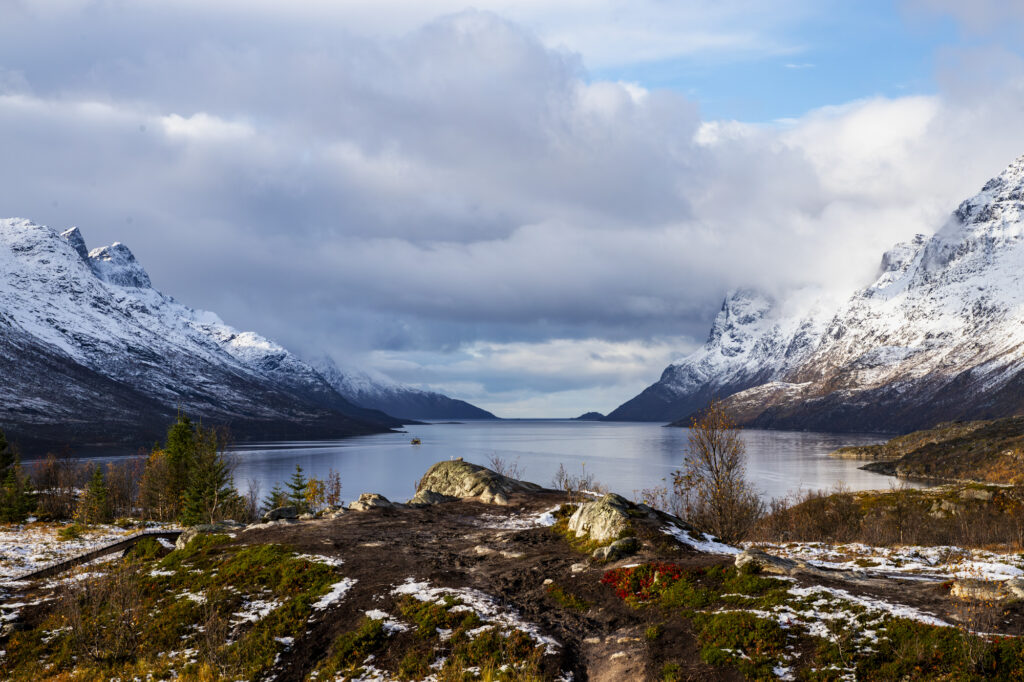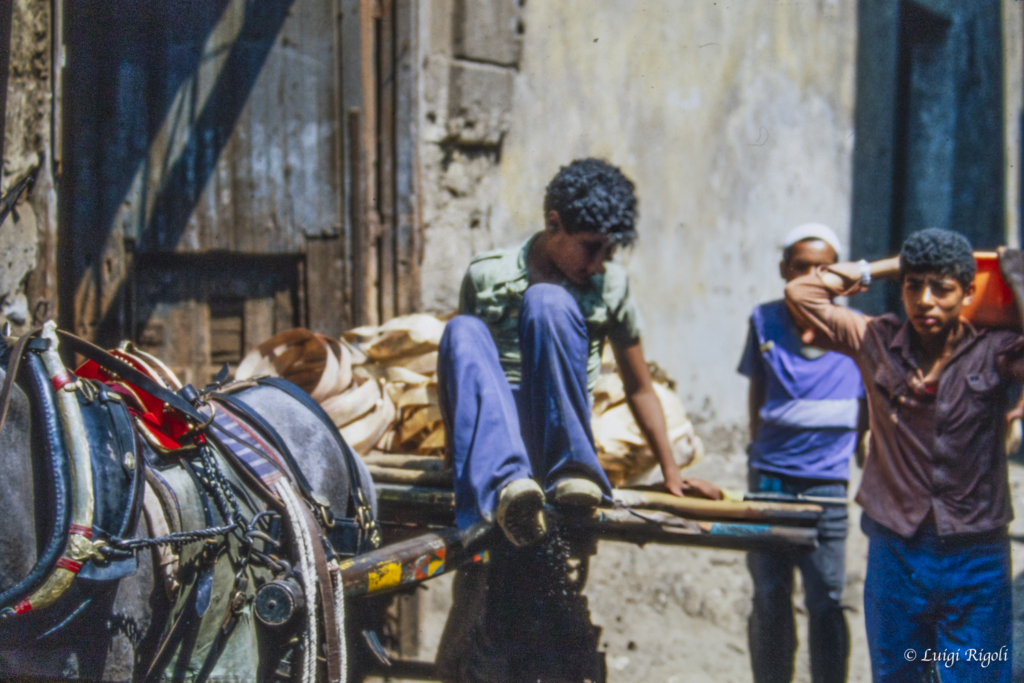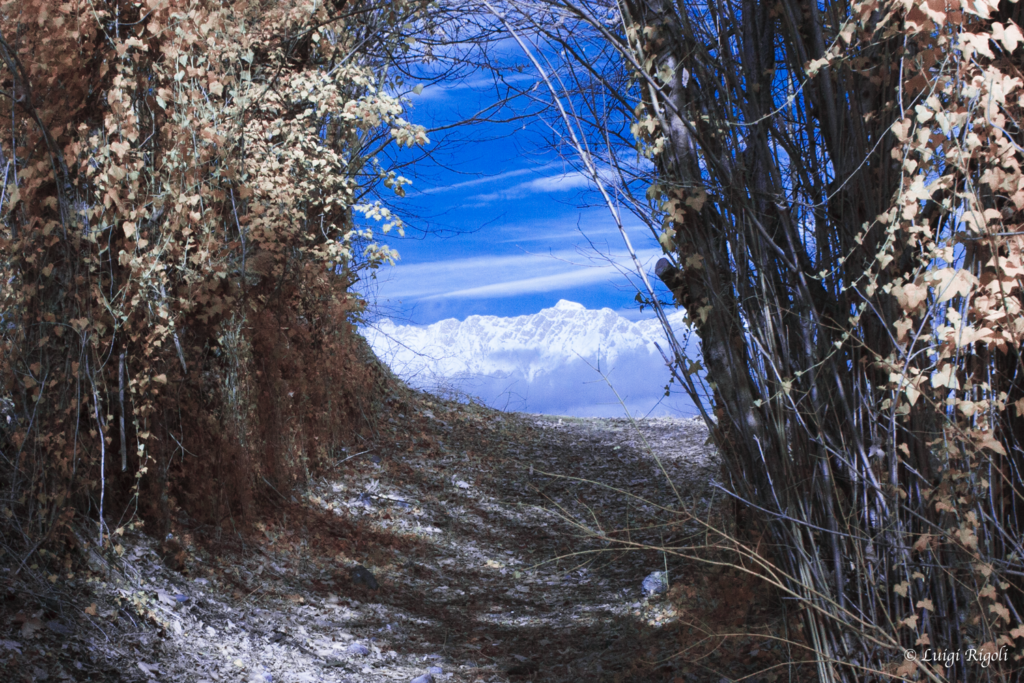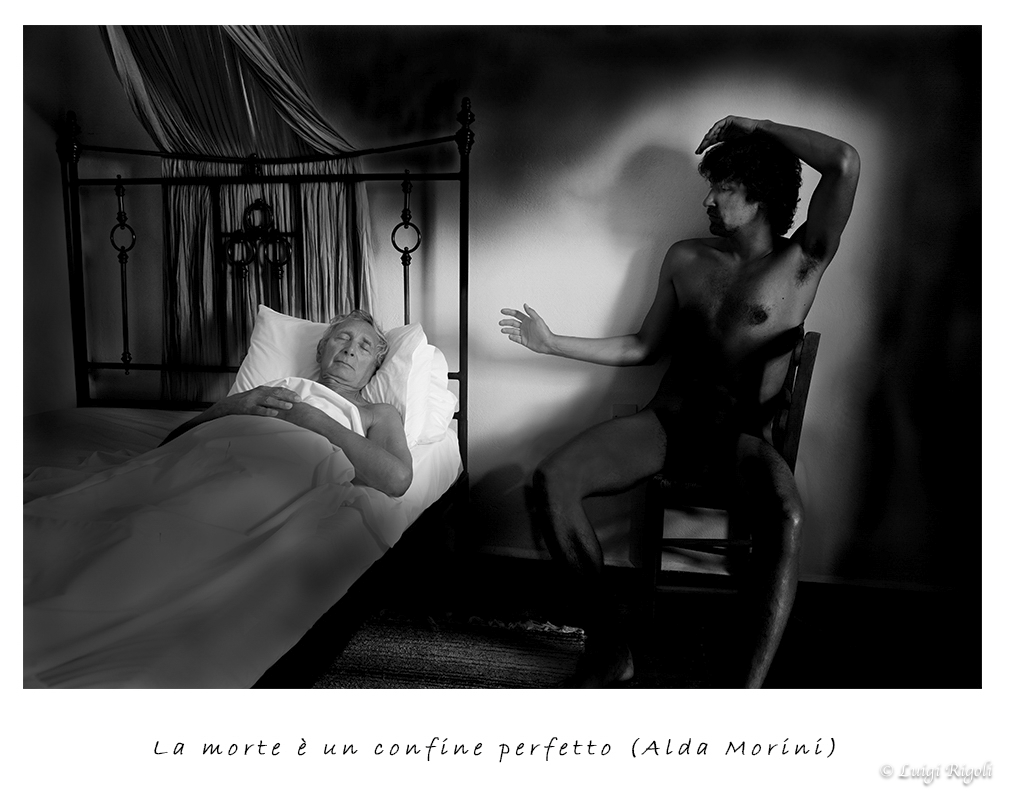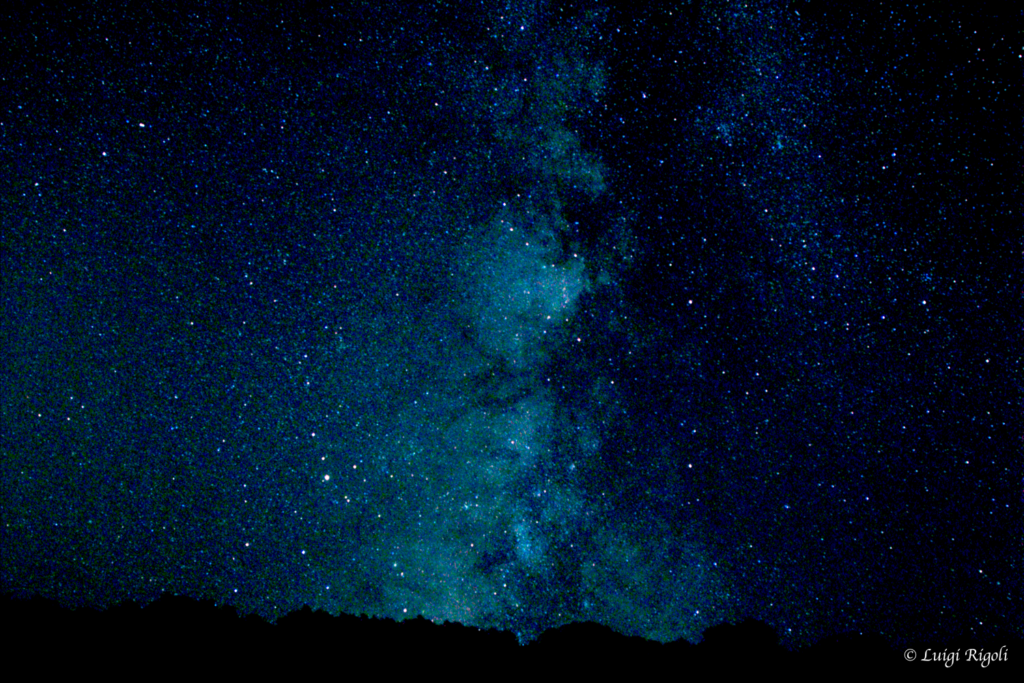Photography gallery
I have identified a series of categories to organize my travel photos.
The task is very meticulous, so the upload process will take some time. I am using Adobe Lightroom Classic and Adobe Photoshop 2024.
Category of photography
1. Landscape Photography: Capture the beauty and diversity of the natural world, from majestic mountains to serene beaches. It can also include urban aspects such as city parks or skylines.
2. Portrait Photography: Focuses on capturing people, expressing their personality, emotions, and character. It can range from formal portraits to more spontaneous and natural shots.
3. Adventure/Sports Photography: Captures the action and intensity of sports events, showcasing the skill and emotion of athletes
4. Street Photography: Documents daily life in urban areas, capturing spontaneous moments, people, and scenes of city life. It’s an excellent way to tell stories through images.
5.Infrared Photography:This captivating category involves capturing images using infrared light, which is not visible to the human eye. Infrared photography creates ethereal and unique images, with vegetation often appearing in bright whites and skies in deep blacks or unusual shades of grey. This technique can transform familiar landscapes into surreal, dreamlike scenes. It’s particularly effective for artistic and experimental photography, where the goal is to present a subject in a novel and visually striking way. Infrared photography requires specific equipment, either an infrared camera or a camera modified for infrared sensitivity, and often entails a different approach to composition and exposure. The resulting images offer a glimpse into an unseen world, revealing textures, contrasts, and details that standard photography does not capture.
6. Still Life Photography: Artistic compositions of inanimate objects, ranging from simple everyday arrangements to more elaborate and stylized configurations.
7. Conceptual Photography: This type of photography focuses on an idea or concept, often with a narrative or symbolic purpose, and can be done in various styles and techniques.**Pinhole Photography**: This is a simple yet profound form of photography that uses a pinhole camera – a camera without a lens. Instead, it has a small aperture, a pinhole, through which light enters to project an image onto film or photographic paper placed inside the camera. Pinhole photography is characterized by its infinite depth of field, meaning everything from the foreground to the background is in focus. The images produced have a soft, dream-like quality. This technique encourages photographers to experiment with exposure times and composition, often leading to unique and unexpected results. It’s a return to the basics of photography, emphasizing the fundamental principles of light and time to create images.
8. Pinhole Photography: This is a simple yet profound form of photography that uses a pinhole camera – a camera without a lens. Instead, it has a small aperture, a pinhole, through which light enters to project an image onto film or photographic paper placed inside the camera. Pinhole photography is characterized by its infinite depth of field, meaning everything from the foreground to the background is in focus. The images produced have a soft, dream-like quality. This technique encourages photographers to experiment with exposure times and composition, often leading to unique and unexpected results. It’s a return to the basics of photography, emphasizing the fundamental principles of light and time to create images.
9. Astronomical Photography: Captures the night sky, including celestial objects such as stars, planets, the Moon, and the Milky Way. Requires specific equipment and technical knowledge.
10. Macro Photography: Close-up details of small subjects such as insects, flowers, and water droplets. This type of photography reveals the details and wonders of the microscopic world.
11. Underwater Photography: Explores the underwater world, capturing marine life and aquatic environments. Requires specialized equipment and swimming skills.

